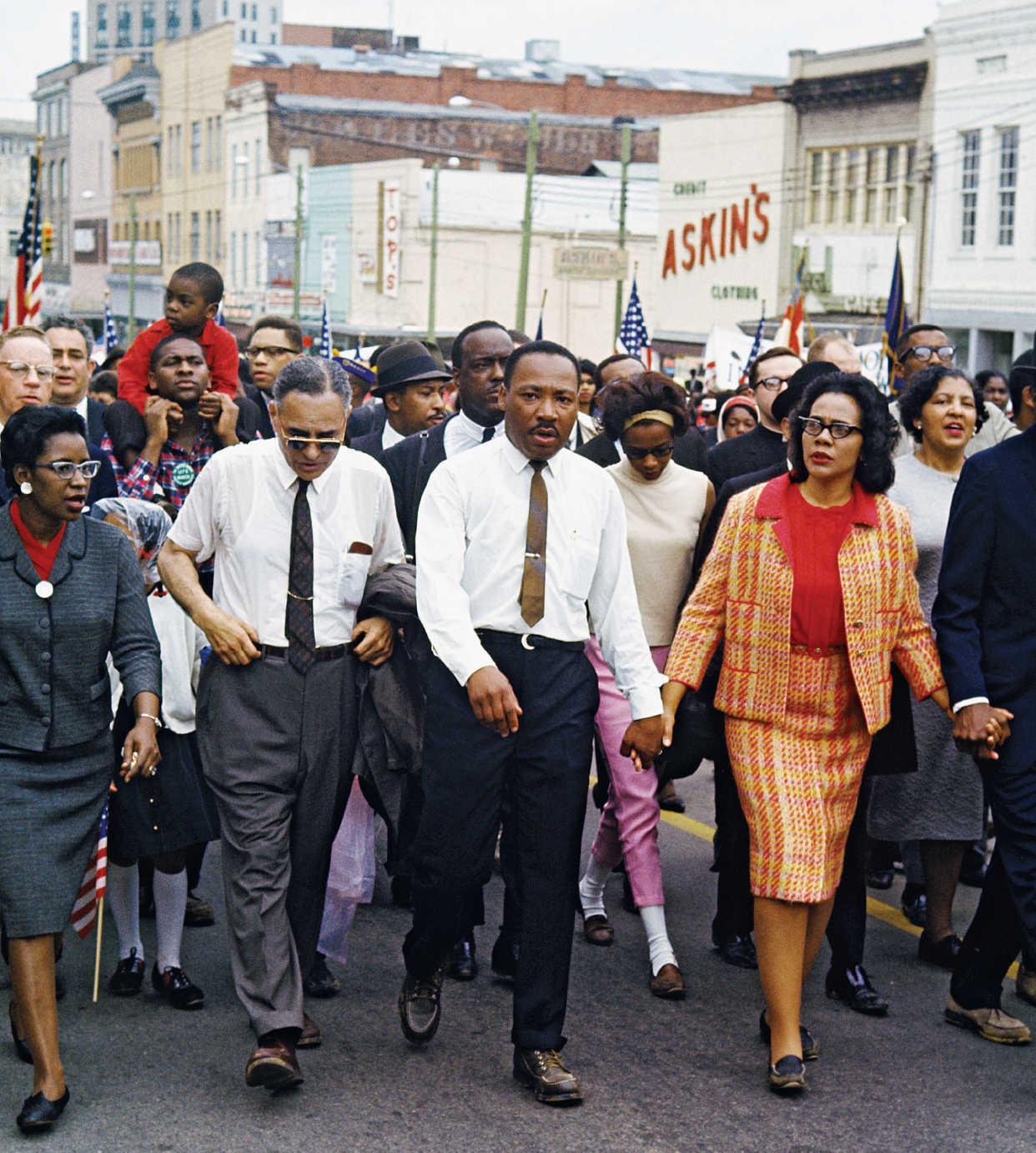Introduction for Chapter 27
CHAPTER 27 Walking into Freedom Land: The Civil Rights Movement, 1941–1973
IDENTIFY THE BIG IDEA
How did the civil rights movement evolve over time, and how did competing ideas and political alliances affect its growth and that of other social movements?
In June 1945, as World War II was ending, Democratic senator James O. Eastland of Mississippi stood on the floor of the U.S. Senate and brashly told his colleagues that “the Negro race is an inferior race.” Raising his arms, his tie askew from vigorous gesturing, Eastland ridiculed black troops. “The Negro soldier was an utter and dismal failure in combat,” he said.
Eastland’s assertions were untrue. Black soldiers had served honorably; many won medals for bravery in combat. All-black units, such as the 761st “Black Panther” Tank Battalion and the famous Tuskegee Airmen, were widely praised by military commanders. But segregationists like Eastland were a nearly unassailable force in Congress, able to block civil rights legislation and shape national opinion.

In the 1940s, two generations after W. E. B. Du Bois famously wrote that “the problem of the twentieth century is the problem of the color line,” few white Americans believed wholeheartedly in racial equality. Racial segregation remained entrenched across the country. Much of the Deep South, like Eastland’s Mississippi, was a “closed society”: black people had no political rights and lived on the margins of white society, impoverished and exploited. Northern cities proved more hospitable to African Americans, but schools, neighborhoods, and many businesses remained segregated and unequal in the North as well.
Across the nation, however, winds of change were gathering. Between World War II and the 1970s, slowly at first, and then with greater urgency in the 1960s, the civil rights movement swept aside systematic racial segregation. It could not sweep away racial inequality completely, but the movement constituted a “second Reconstruction” in which African American activism reshaped the nation’s laws and practices. Civil rights was the paradigmatic social movement of the twentieth century. Its model of nonviolent protest and its calls for self-determination inspired the New Left, feminism, the Chicano movement, the gay rights movement, the American Indian movement, and many others.
The black-led civil rights movement, joined at key moments by Latinos, Asian Americans, and Native Americans, redefined liberalism. In the 1930s, New Deal liberalism had established a welfare state to protect citizens from economic hardship. The civil rights movement forged a new rights liberalism: the notion that individuals require state protection from discrimination. This version of liberalism focused on identities — such as race or sex — rather than general social welfare, and as such would prove to be both a necessary expansion of the nation’s ideals and a divisive force that produced political backlash. Indeed, the quest for racial justice would contribute to a crisis of liberalism itself.